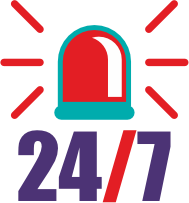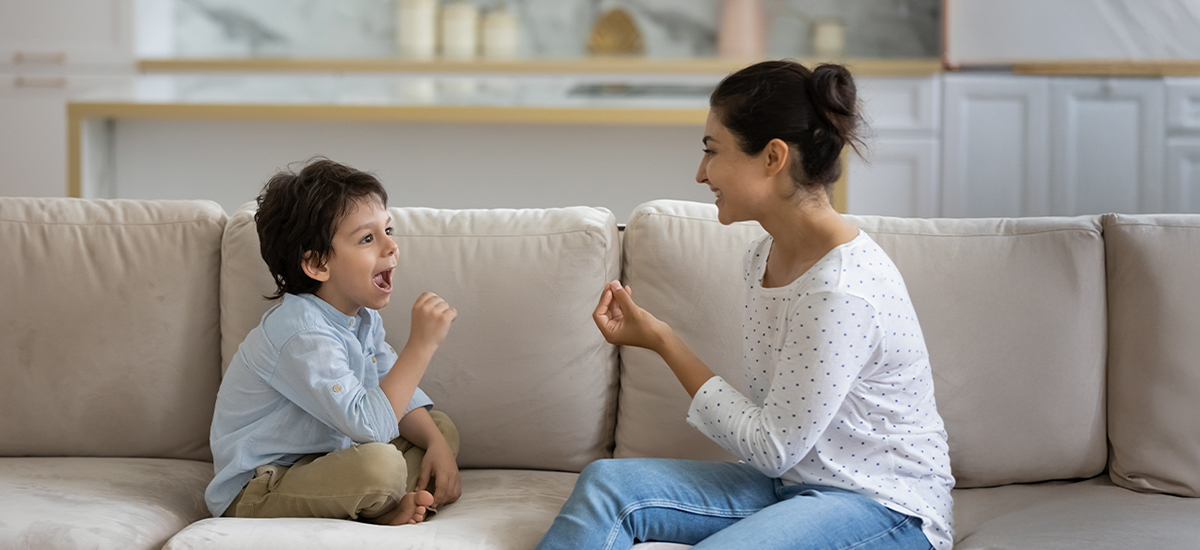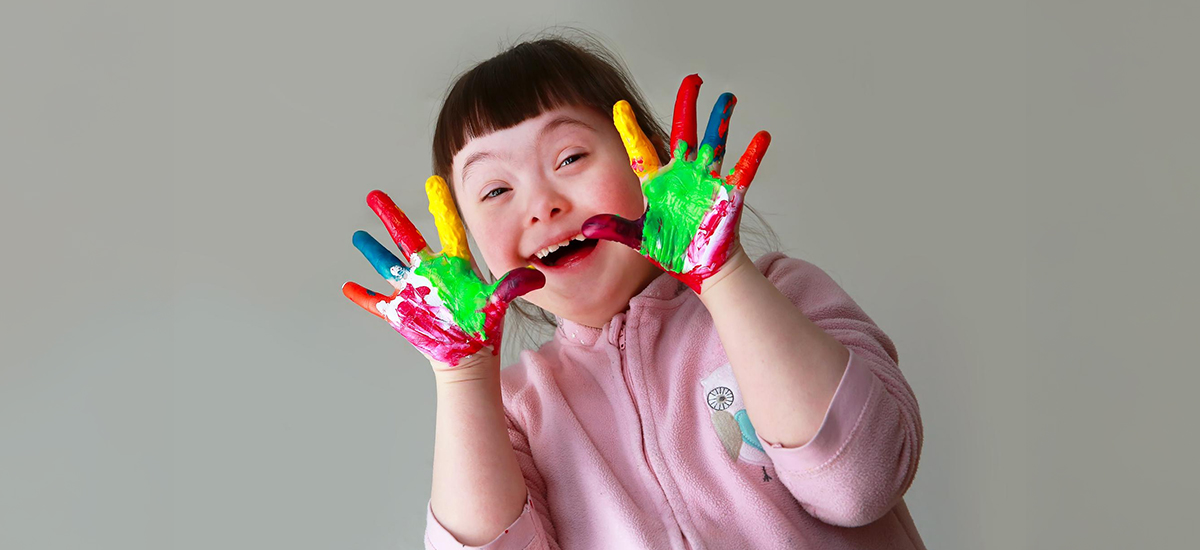Categories
What Is Speech and Language Therapy? A Calm Guide for Parents
Sep 12, 2025
You’ll leave with a plain definition, what happens in an evaluation, and small home routines that make real progress.
Speech and language therapy helps children learn how to understand, use, and pronounce words so they can be heard and understood. A therapist (SLP) assesses listening, understanding, sound production, social use of language, and swallowing when needed. Goals are set, then practiced in short, playful sessions and simple home routines. Progress is measured in weeks, not days. If hearing, feeding, or development also need support, the therapist coordinates with specialists.
What’s next: Below are the steps, age clues, and home routines so you know exactly how therapy works and how to help.
A clear definition (and what “speech” vs “language” really mean)
Parents often use “speech” and “language” as one word; clinicians separate them to target help.
Speech is how sounds are made (clarity of /p, b, t, k/, stuttering, voice quality). Language is understanding and using words and sentences (following directions, building phrases, telling a story). Therapy supports one or both. In some cases, the same clinician also helps with feeding and swallowing when mouth muscles are part of the challenge.
Age clues that a child may benefit (so you know when to ask)
You don’t need to wait for school to raise a concern.
· By 12 months: responds to name, babbles back and forth, uses gestures like pointing.
· By 18 months: says ~10–20 words; tries to copy new words.
· By 2 years: joins two words (“mama come”, “more milk”); follows simple directions.
· By 3 years: strangers understand most words; uses short sentences.
· At any age: frequent frustration, very unclear speech, loss of words already learned, or choking/coughing with feeds → book an evaluation.
Bilingual homes are not a problem; a child can learn two languages. We look at total words across languages, not just one.
What happens in the evaluation (45–90 minutes, child-friendly)
An SLP turns play into information and gives you a plan the same day.
You’ll share your concerns and daily routines. The therapist checks hearing history, mouth structure, and how your child understands, uses, and pronounces words. Activities might include picture choices, naming, sound games, and simple play. You’ll leave with a brief summary, initial goals, and a first home activity (for example, a 5-minute “label and wait” routine during snack).
How therapy works week to week (short, focused, playful)
Most children start with 30–45 minute sessions, 1–2 times/week, plus tiny daily home practices.
· Articulation placement: showing where the tongue/lips go for target sounds, then practicing in words and short phrases.
· Language expansion: you say one step bigger than your child (“ball” → “big red ball”), so the next attempt has a model.
· Model + pause: therapist says a word/gesture, then waits; the pause invites a try without pressure.
· Stuttering tools: easy starts, slower rate, and turn-taking to reduce timing pressure.
· AAC when helpful: picture cards or a simple speech app to get communication going while speech grows.
Each goal is specific (“produce /k/ in word-initial position in 8/10 trials”) so progress is obvious.
Your role at home (two tiny routines that change everything)
Therapy works best when home is a practice field, not a second clinic.
· 5-minute “same book, same words” evening loop: repeat one short book for a week; point, name, then pause. Children learn faster when the pictures and words repeat.
· Snack talk, not snack quiz: at snack time, offer two choices, model + wait (“banana or chana?” … five seconds). Accept gestures or approximations and expand (“na-na” → “banana please”).
Record one short video each weekend; the therapist uses it to tweak the plan.
How progress is tracked (and when we widen the team)
You’ll see small wins first: clearer single sounds, new words, fewer “uh-uh-uh” moments. The therapist records accuracy and spontaneity every session and updates goals every 6–8 weeks. If hearing, dental structure, feeding, or broader development may limit progress, the SLP connects you with audiology, ENT, dentistry/orthodontics, or developmental pediatrics. Coordination saves months of guessing.
Common worries, answered briefly
It’s not your fault. Many children need a nudge to map sounds and sentences.
Screens aren’t therapy. Face-to-face talk and play are the fastest teachers.
Bilingual exposure doesn’t “confuse” a child. Keep both languages; model clearly in each.
Practice should feel like a game. If your child resists, tell us—we’ll adjust.











